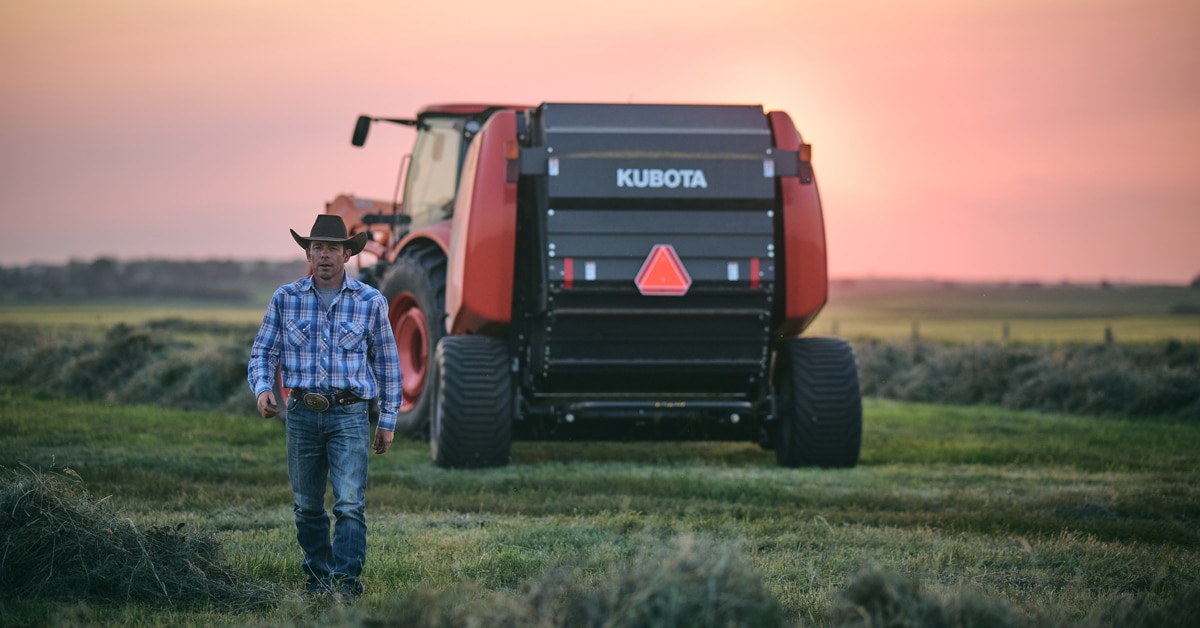It isn’t too often you see a horse ridden without a bridle. All those straps, parts and pieces serve practical functions from simply keeping the bridle on the horse’s head, to allowing the rider to effectively and clearly deliver the aids in conjunction with reins and bit.
An ill-fitting bridle isn’t just a distraction for your mount. It can chafe and rub, impact on the sensitive nerves in the head, affect his ability to breathe and garble the messages you are trying to communicate. Some of the signs the bridle could be causing your horse pain or discomfort include:
- Visible rub/pinch marks on the horse’s head or near the mouth
- Resistance to bridling or opening the mouth for the bit
- Teeth grinding
- Poll/neck tension
- Tongue over the bit or hanging out the mouth
- Shaking head
Umpteen bridle varieties and parts are available for every discipline and requirement under the sun and Meghan Gordon has probably seen just about all of them. Gordon grew up on a horse and cattle ranch and has ridden both English and western her whole life. The Equestrian Canada-certified coach owns and operates Bridlewood Riding Centre in British Columbia’s Okanagan Valley, a full-service multi-discipline lesson, training and boarding barn. Here, she helps Horse Canada break down the basic bridle parts, their function and fit.
The Headpiece (aka Headstall or Crownpiece)
Gordon describes the headpiece as the “foundation of the bridle.” It’s the main bridle strap from which the other parts are secured. Headpieces sit just behind the ears, except some western versions that feature cut-outs for one or both ears.
Gordon said many riders place the headpieces on the poll, instead of behind it, which causes discomfort at the point of the skull and at the ears. “By pulling it back toward the neck further, the pressure is dispensed over a larger area and it doesn’t rub the back of the ears,” she noted.
Gordon, who competes in upper-level dressage, said she’s recently started using headpieces with shaped cutaways at the ears and elastics on both sides. These “ear-relief” or “ergonomic” versions are designed for improved fit around the ears and to relieve pressure at the poll. However, with the elastics she warned “You have to watch they don’t stretch out and lose the give.”
Cheek Pieces
Cheek pieces essentially hold the bit to the headpiece. From these straps on either side of the head, the bit can be adjusted.
“If using a snaffle, the corners of the mouth should have two small wrinkles and if using a curb or a straight bit, it should only need one small wrinkle,” said Gordon. “The bit has to sit high enough that the horse cannot get its tongue over the bit and not too low that it hits the canine teeth.”
The cheek pieces must also sit behind the projecting cheekbones to avoid rubbing, she said. Ideally, the buckles are done up on the same hole on both sides and sit approximately level of or just below the horse’s eyes.
Browband
The browband adds stability and prevents the headpiece from sliding down the neck. Western split-ear bridles don’t have browbands, as the cutouts serve the same function.
The browband attaches to both sides of the headpiece and should sit in the natural hollow about two-fingers width below the base of the ears. You should be able to comfortably fit a finger between the browband and the forehead. Gordon said browbands are often too small, causing the headpiece to hit the back of the ears.
“The browband should have some clearance all the way around and not be pulling the headpiece forward,” she said. “Sometimes, you can be misled, and see clearance in the middle of the forehead, but above each eye, it can still be tight and pulling the bridle forward.”
On the other hand, a too-large browband can droop and flop around.
Throatlatch
The throatlatch prevents the bridle slipping forward over the ears. Standard on English bridles, usually as part of the headpiece, the throatlatch runs under the horse’s jaw, buckling to itself on the left side. On western style bridles, the throatlatch isn’t as often seen, but when it is, it’s typically a separate strap that runs through a slot in the browband.
“You should be able to fit a fist between the throatlatch and the cheek while the throatlatch is just touching the throat of the horse,” said Gordon. This gap allows the horse to bend, flex and breathe comfortably.
Curb Chain/Strap
A curb bit uses a lever action on the poll, mouth and jaw when the reins are engaged rather than direct pressure on the bars of the mouth like a snaffle bit. The curb chain or chin strap is essential to a curb bit’s proper function by applying pressure to the chin groove when the rider uses the reins. It also prevents the bit from rotating too much in the mouth.
The chain/strap must lay flat with no twists or kinks. Overtightened, it will create too much pressure in the sensitive chin groove and the bars of the mouth. Too loose and the bit’s leverage action won’t be effective and the bit might hit the roof of the mouth.
“You should be able to fit two fingers between horse’s chin and strap while there is no pressure on the bit,” said Gordon.
English curbs usually use chains that connect from hooks on both the right and left sides of the bit. Foam, rubber, fleece or leather covers or pads can soften the chain’s effect. Western versions are comprised of chain or other materials, but usually fasten to the bit with a buckle and leather or synthetic strap on each side.
Noseband
Effectively a noseband is “used to keep the horse’s jaw closed so they cannot open it to avoid contact with the bit,” said Gordon.
Not as common on western bridles, English riders can find a plethora of nosebands, each with a different function and fit, many horses don’t need more than a simple, plain cavesson, which encircles the face about two fingers-width below the line of the cheekbone.
The noseband has a thin strap that goes up and under or just beside the headpiece and fastens to itself on the left side.
“I’ve found many nosebands are too small,” said Gordon, explaining that causes the noseband strap to pull forward and “sit ahead of the projecting cheekbone.”
For comfort, the noseband should buckle at the back of jaw between the bones, with about two fingers-width allowance, between the noseband and the jawbone.
Making Your Bridle Measure Up
Off-the-rack bridles usually come in four sizes: pony, cob, full and oversize/Warmblood, but sizing varies among manufacturers. You can get a more customized fit for your horse using a mix-and-match approach to the different bridle parts.
To start, using a fabric measuring tape, determine the dimensions of your horse’s head. Then take these measurements to a tack shop and have them help you find the pieces à la carte for your custom bridle or replace any poorly fitting pieces on your current bridle.
The Latest









